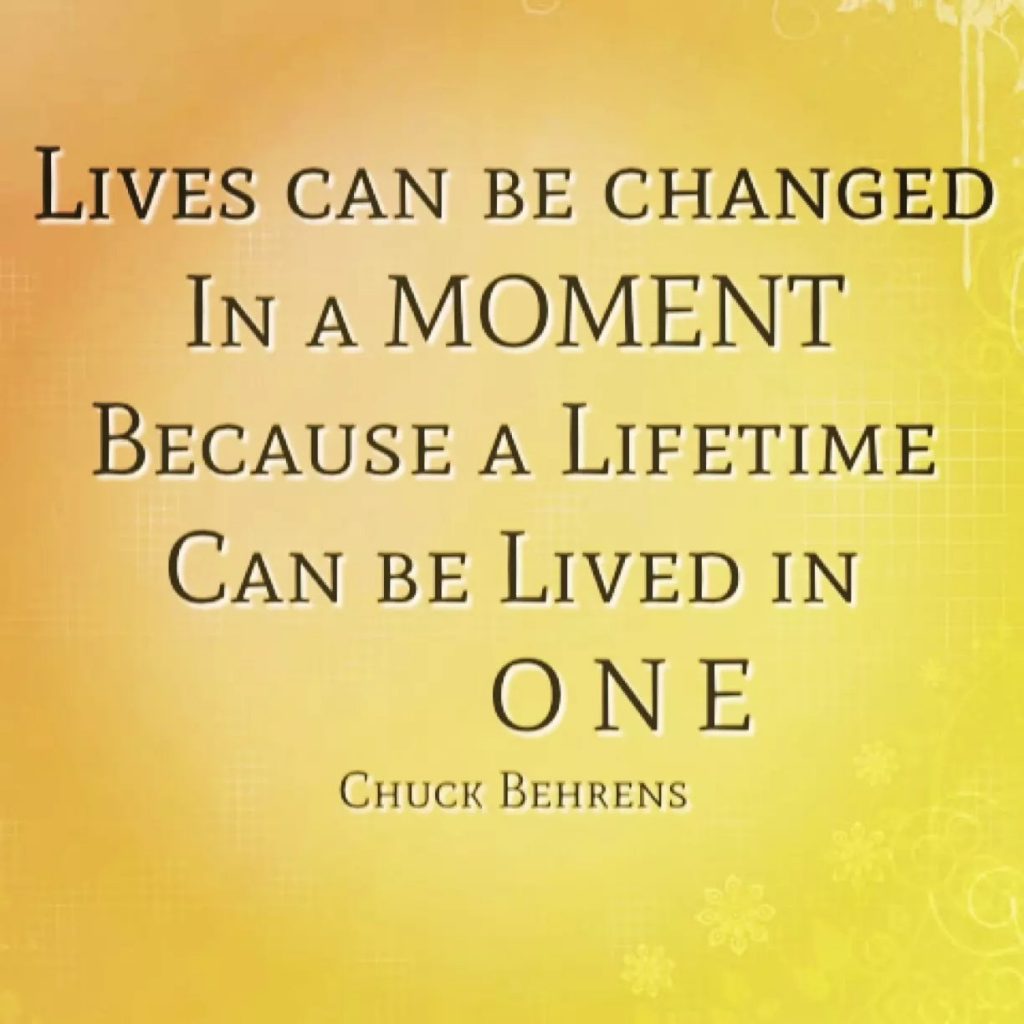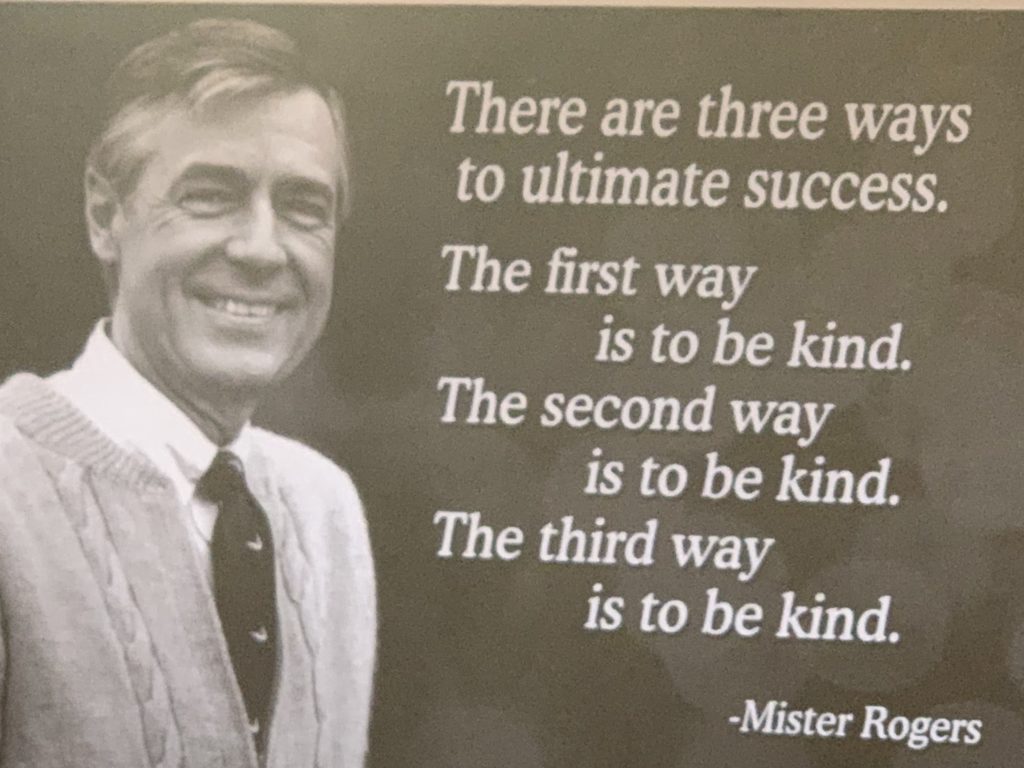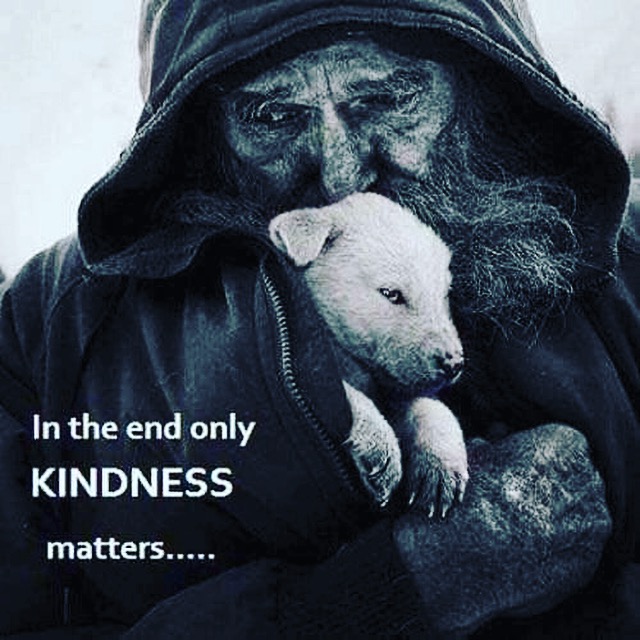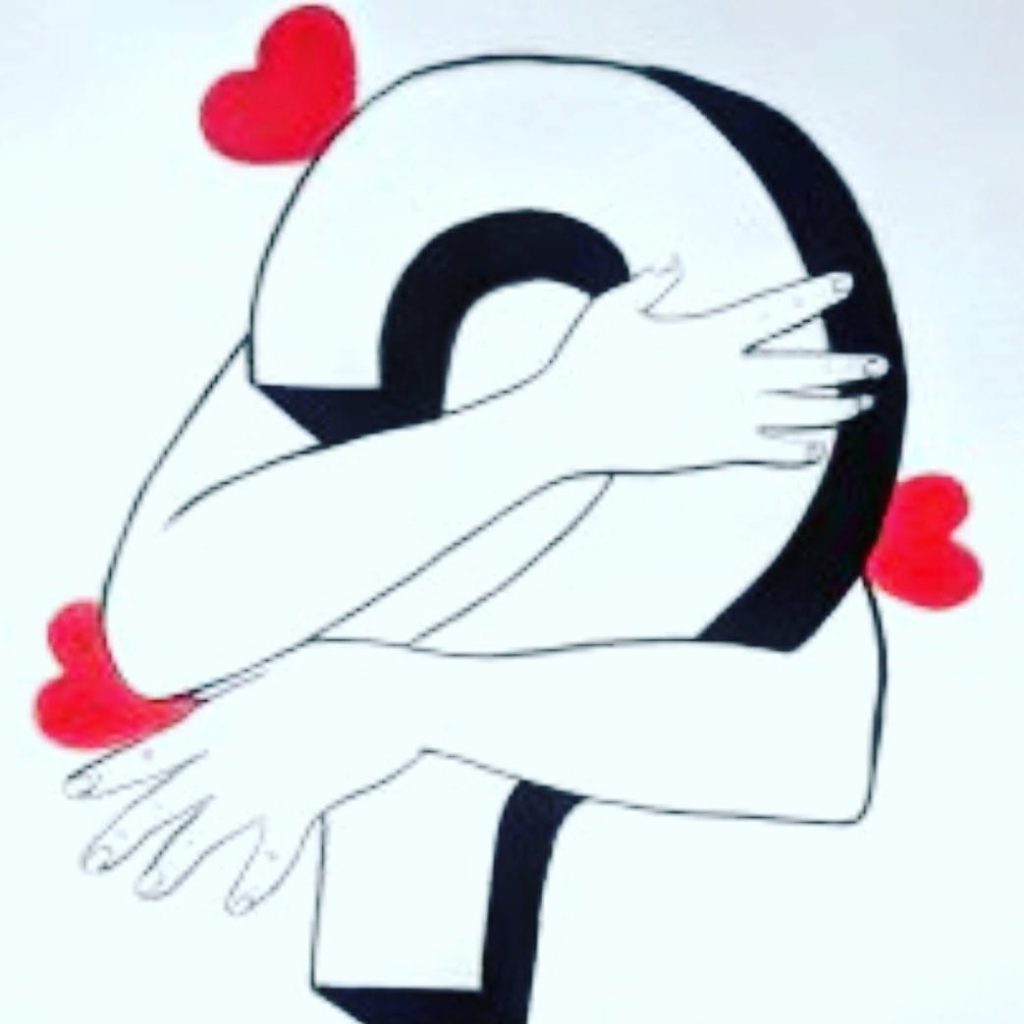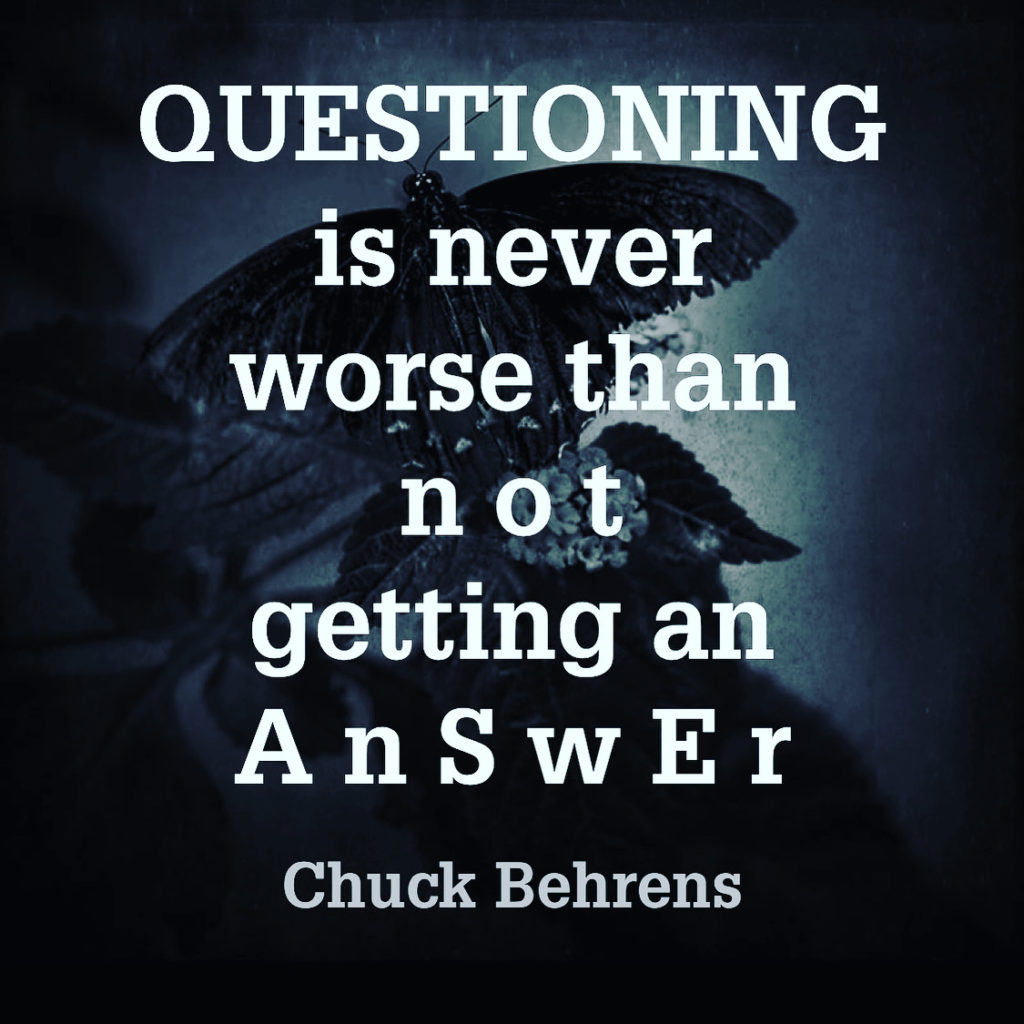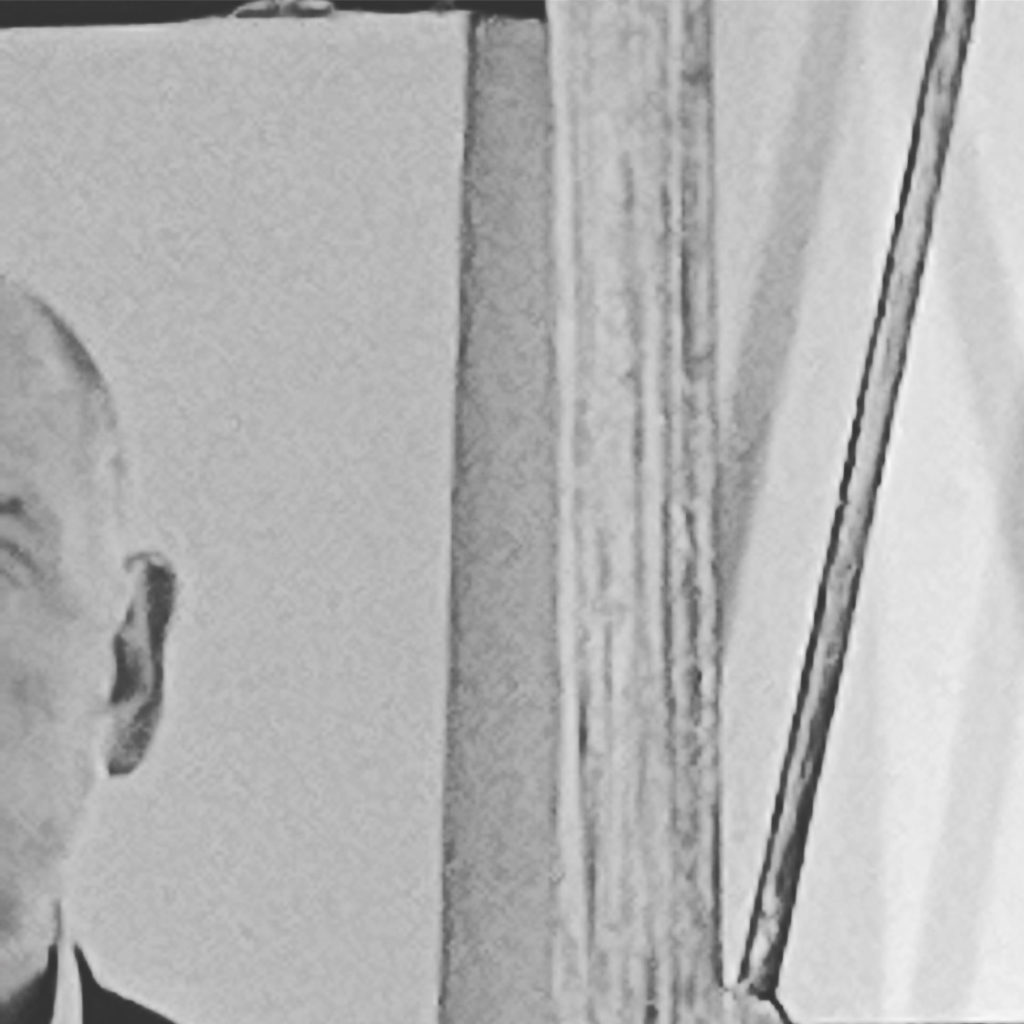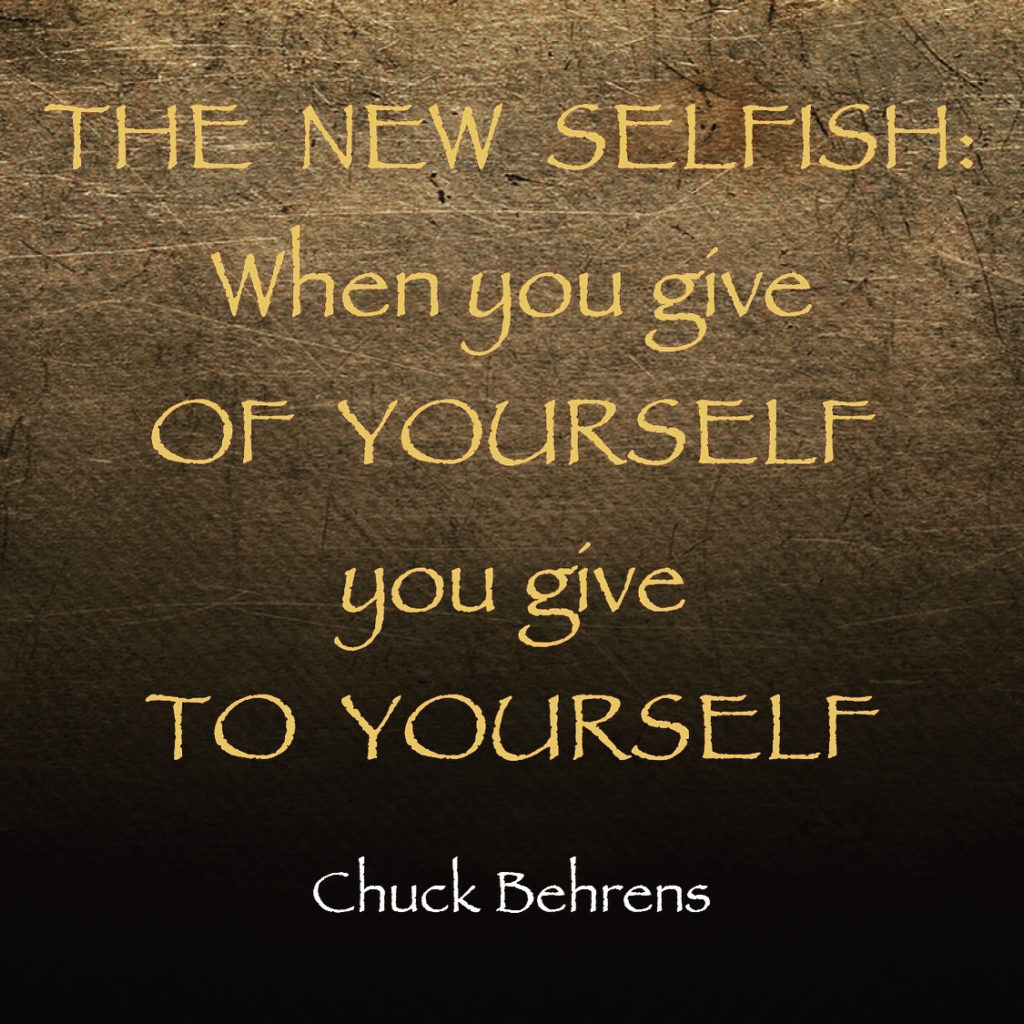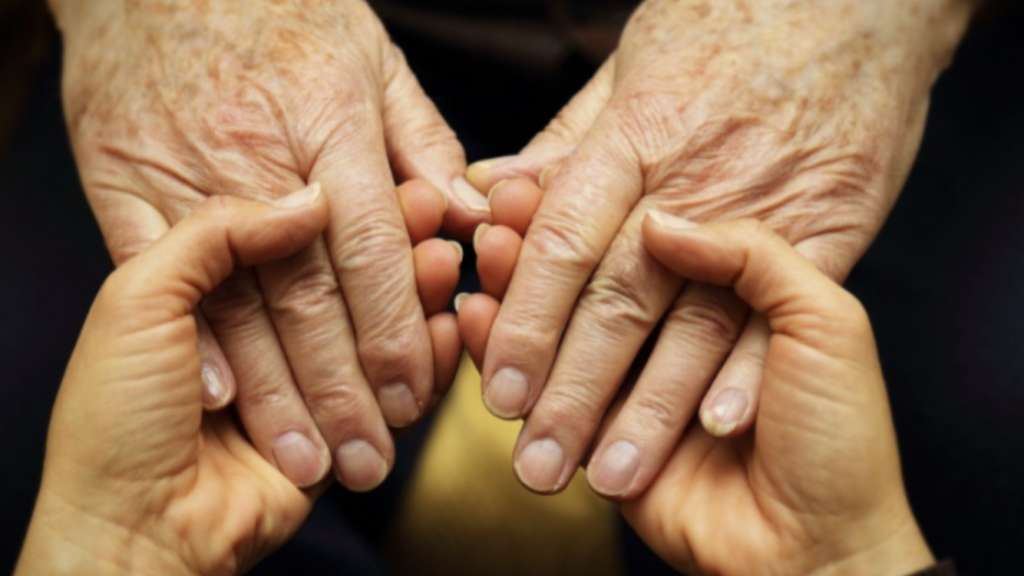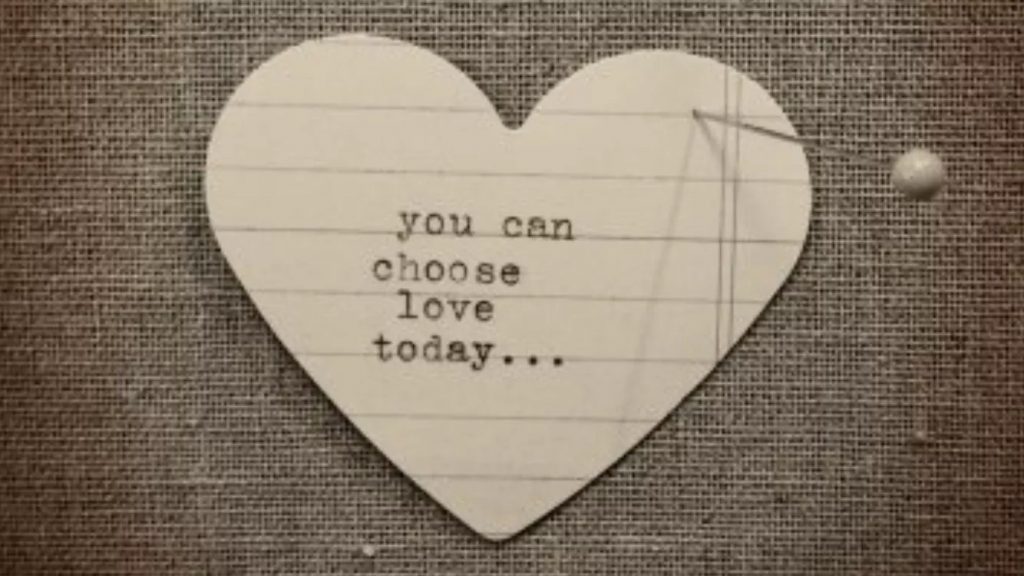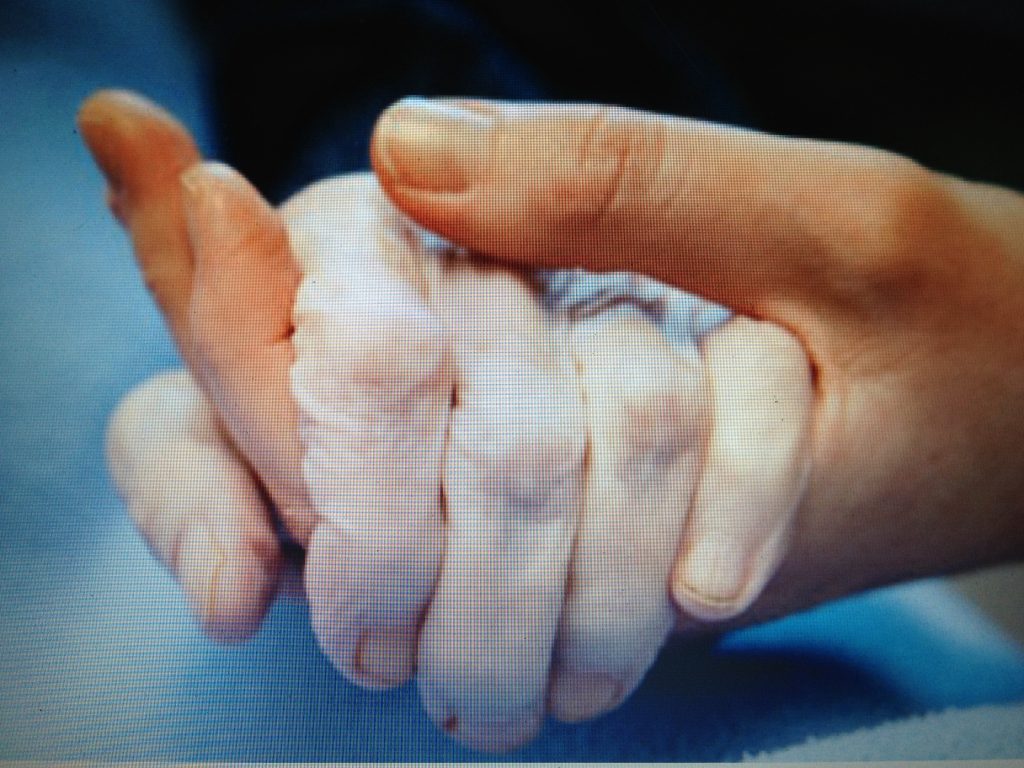To know one’s surprise or reminder, it was
FATHER’S DAY
yesterday
and I either talked with all of my kids, heard from them and actually got to see two of them. . .
ALL FATHER’S DAY GIFTS
of their own which I cherish
and of course, I had some quiet moments to think of my own dad. . .
I also conducted a Memorial Service for a dad
who’s children planned that we would celebrate his life
on Father’s Day and aptly so. . .
I cry
. . .A lot
Movies
Well written passages
Music
Always music
And this time certainly was no exception
It’s more than a cleansing
It’s a renewing
It’s a bare vulnerability
That’s never made me feel more
Naked
And warmly clothed
At the same time.
It makes my heart beat
So much differently
And so much better
It makes me care deeper
Love without limits or any hints
Of conditions
It makes me purely
A Caring Catalyst
And I’m tempted
Always
To ruin
THAT MOMENT
knowing that it can’t last
But here’s the best news:
IT DOESN’T HAVE TO
It’s what makes the moment
THE MOMENT
AND YES,
A Lifetime can be lived in a moment
And ohhhhhhhhh
look at the time
THAT MOMENT
THAT LIFETIME
can can
BE
right now. . .
Especially if I’m about chasing away
A loved one’s monsters
The only thing better than the title of
MONSTER CHASER
is actually
BEING ONE
Join me
You lifetime-in-a-moment-Liver
